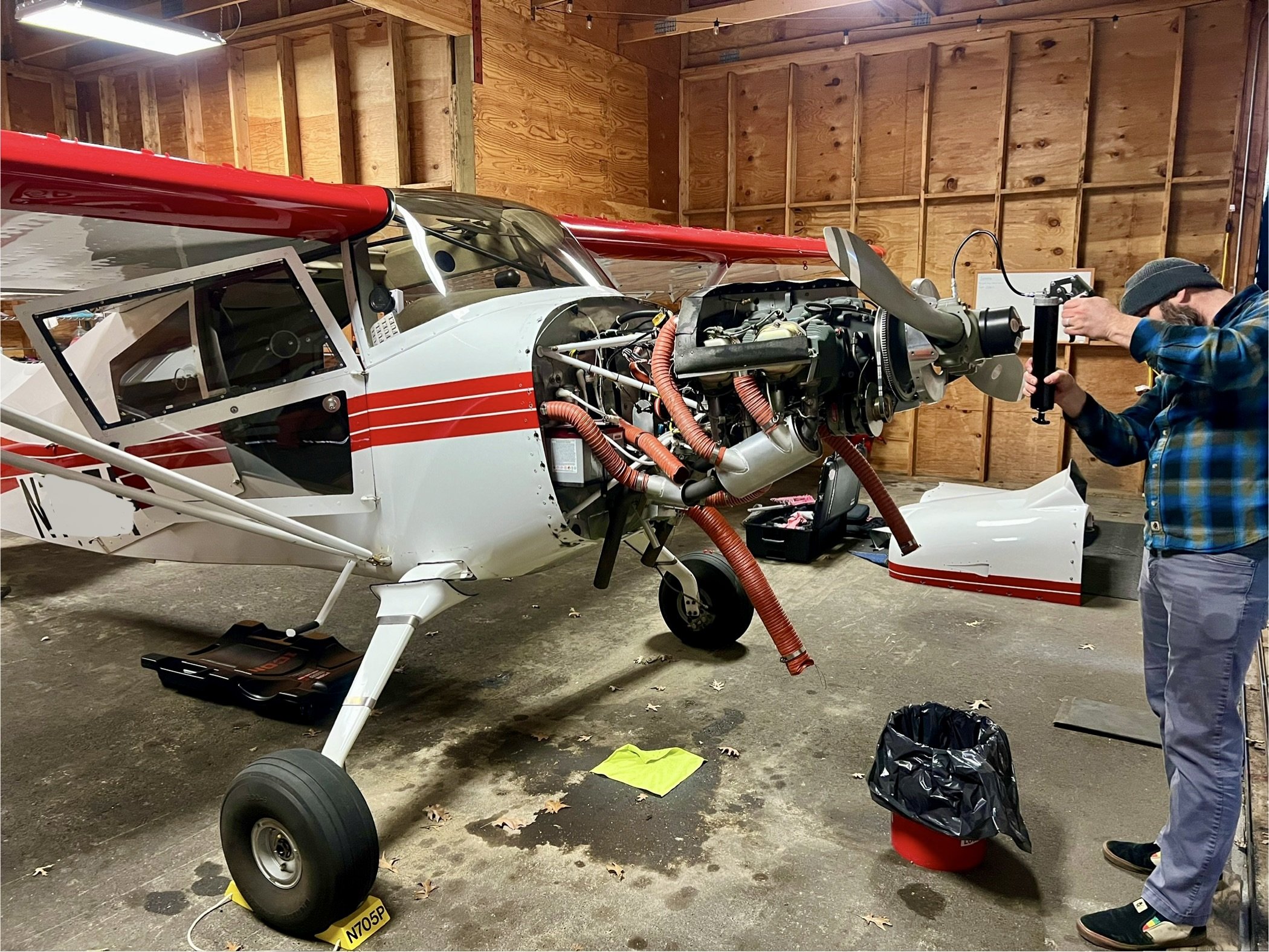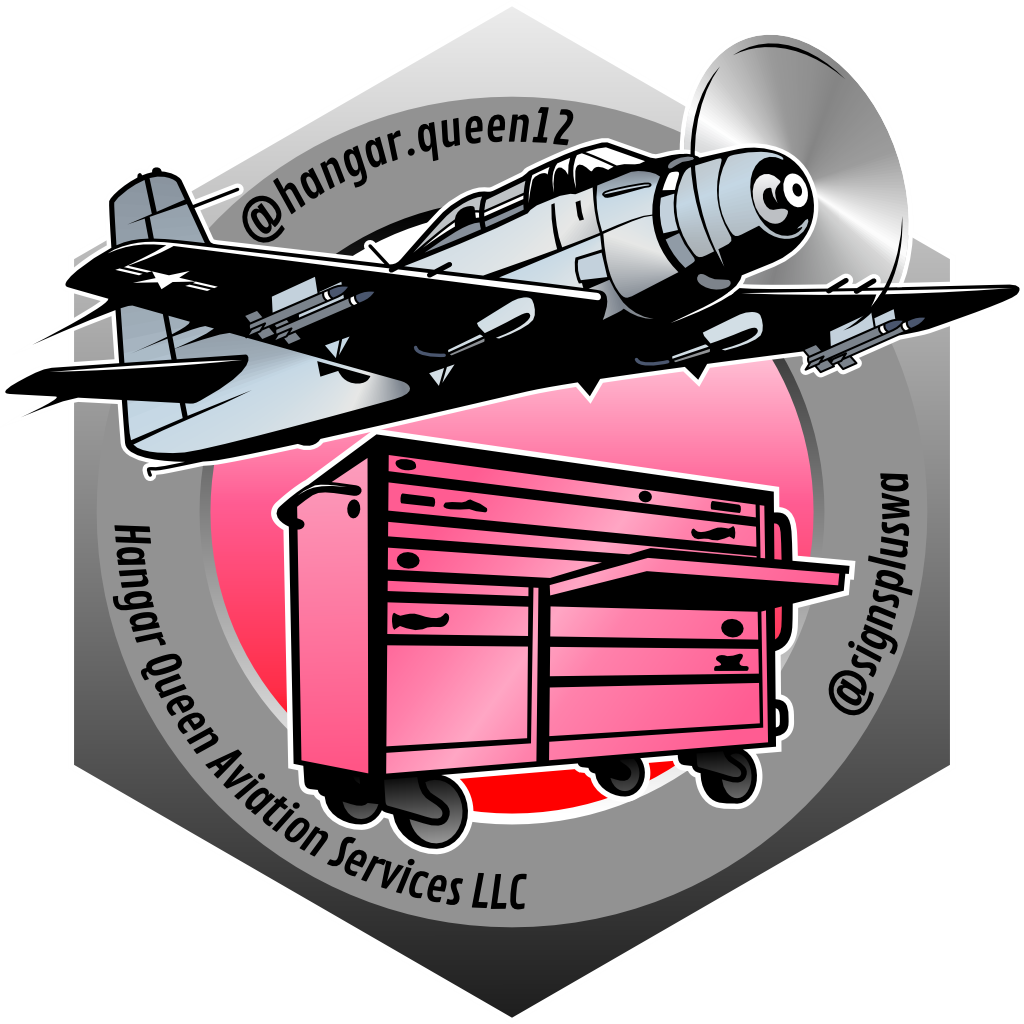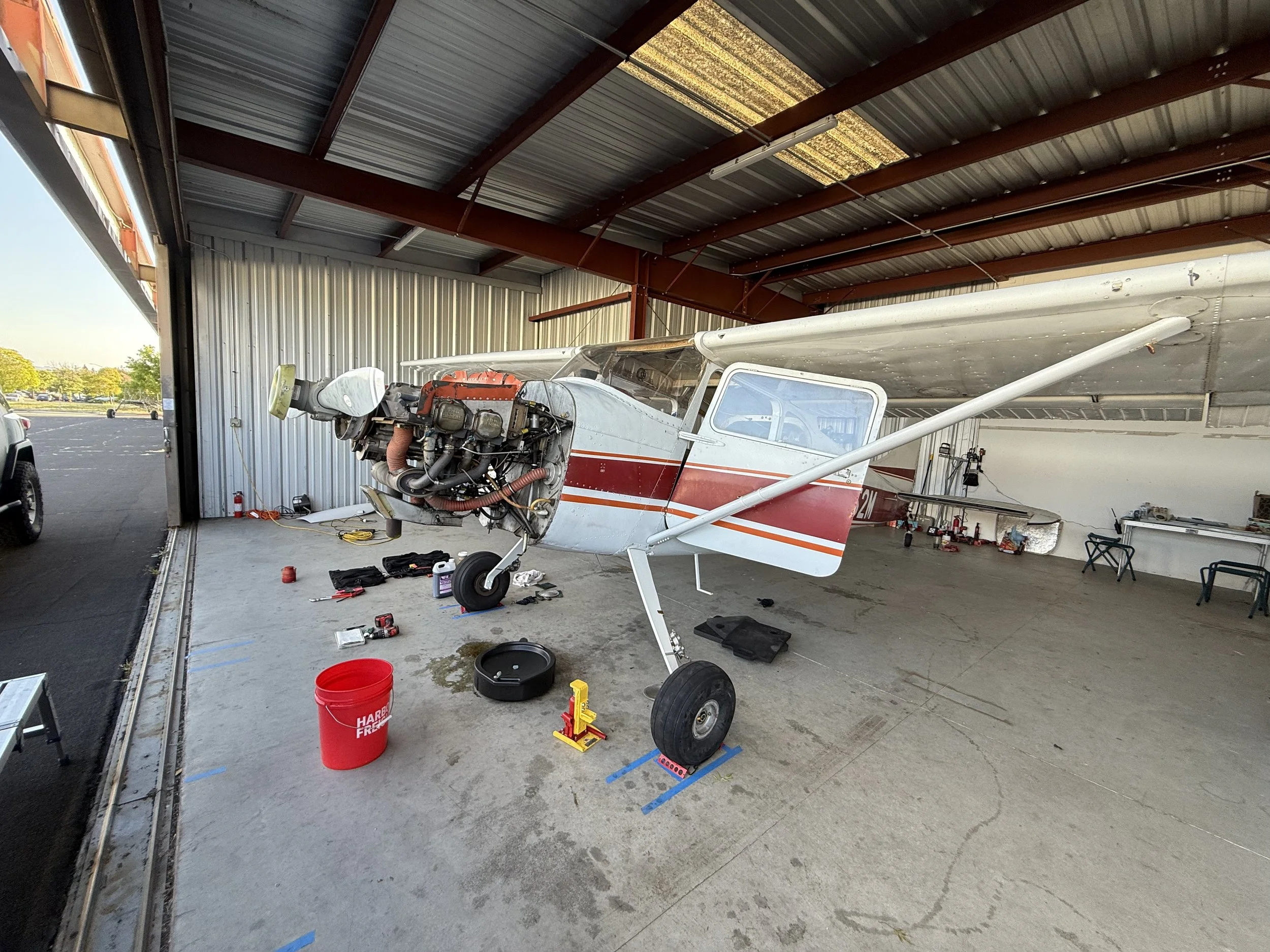
Annual Inspection:
Not your dictionary definition but a frank discussion from an A&P/IA. I’m going to try and answer some frequent questions I get.
Annual inspection - Let’s dive into it
An annual inspection is required every year for all certified aircraft operating under Federal Aviation Regulation (FAR) Part 91. Note to self “Annual Inspection” only applies to certified aircraft; experimental aircraft receive a 12 month conditional inspection. That is a topic we will touch on later. These inspections can cause stress and anxiety because, no matter how well we prepare, there always seems to be at least one surprise. With the rising costs of aircraft maintenance, staying informed and vigilant is essential.
On this page, I want to provide clarity on the inspection process. I'm a strong advocate for
educating owner/operators on what it takes to properly care for their aircraft. As a mechanic, I’m not going to provide a dictionary definition of an annual inspection but rather explain what an annual is in the context of aviation maintenance.
-
An annual inspection is the yearly inspection of a certified aircraft, requiring a thorough examination of areas that aren’t typically covered during a pre-flight check or minor maintenance. The Federal Aviation Administration (FAA) provides a general checklist that applies to all aircraft, and it serves as the "letter of the law" for what must be inspected. This list outlines the minimum requirements for the inspection; however, it’s always beneficial to go beyond the minimum, especially considering the age of many general aviation aircraft—and let’s face it, there’s no place to pull over in the sky if you have a problem.
-
Each manufacturer has their own checklist, which is used in conjunction with the FAA's generic list to focus on the specifics of that particular aircraft. However, the manufacturer’s checklist must still adhere to the FAA’s main list. Maintenance shops also develop their own inspection checklists, based on the same general guidelines provided by the FAA. The FAA’s generic list can be found under FAR 43(D), and this is why you'll often see the sign-off for an annual stating that the inspection was completed in accordance with FAR 43(D)—because that’s the official "approved" list.
To recap: even when a manufacturer’s checklist is used, it will still likely be signed off under the FAR, since that is the certified checklist. In some cases, you may see a mechanic state that the inspection was performed "in accordance with FAR 43(d) and the manufacturer’s checklist as applicable." For older aircraft originally certified under the Civil Aeronautics Administration (CAA) and Civil Air Regulations (CAR), which were in effect before the FAA was established in 1958, there may not be a manufacturer inspection list. In such cases, FAR 43(D) is the only applicable checklist.
-
It’s also important to note that an annual inspection is a comprehensive review of the aircraft as a whole. You do not perform an annual inspection on just the engine or the propeller. This means that you’ll typically see an "annual inspection" sign-off only in the airframe logbook. Inspections of the individual components — such as the engine and propeller — are performed separately, often under the 100-hour inspection category. I mention this because it’s common for people to feel uneasy when they see a sign-off that says, "I certify this engine installation has been inspected in accordance with the annual inspection and approved for return to service.
Remember, you can't fly just the airframe or just the engine. Flight only occurs when the airframe, engine, and propeller come together and function as a unified system.

